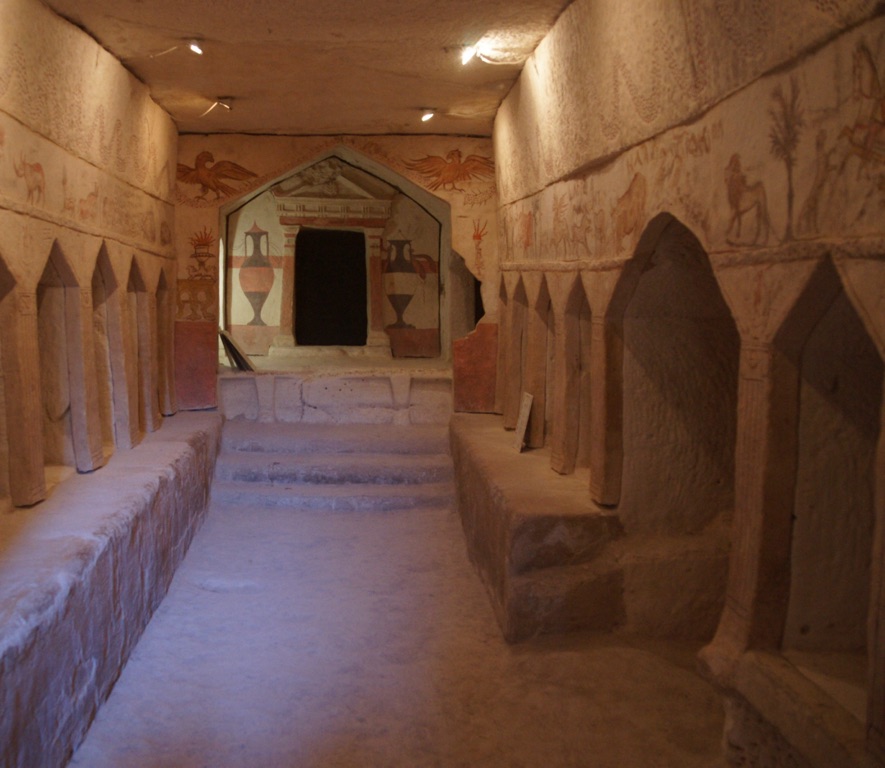Summary
Discovering the Caves of Maresha
The Caves of Maresha stand as a testament to human ingenuity, history, and culture. Nestled in Israel’s southern lowlands, these complex subterranean networks date back to the Hellenistic period. Visitors marvel at the extensive system of man-made caves, which served diverse purposes. Some caves were used for daily activities like pigeon rearing and olive oil production. Others bore significance in rituals and burial customs. With every corner holding a story, the site presents a unique journey into the past. Artifacts found here offer glimpses of life over two thousand years ago. They provide a tangible connection to the people who once lived and worked within these earthen walls.
Get your dose of History via Email
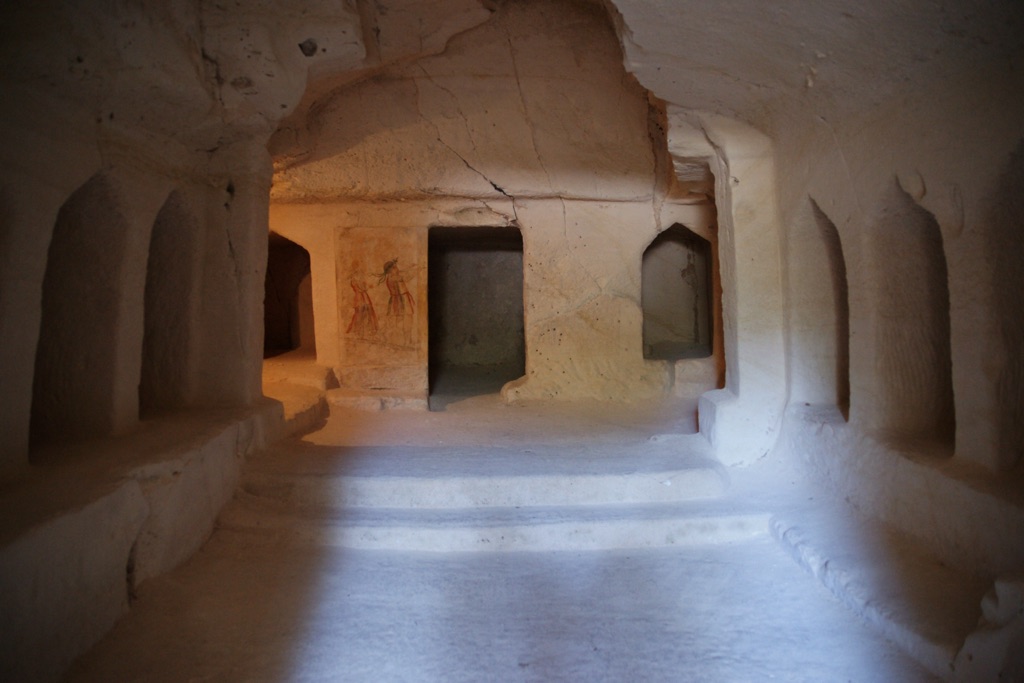
The Significance of Maresha’s History
At the heart of the Caves of Maresha lies a rich tapestry of historical events that shaped the region. The area was once a bustling city in the ancient kingdom of Judea. Over time, it fell under the rule of different empires. Each left its mark on the caves’ features and uses. The caves represent a meeting point of civilizations, symbolizing cross-cultural interactions. They stood through the ages, silently witnessing the ebb and flow of empires. Today, they serve as a cultural heritage site. They showcase the resilience and adaptability of human societies through time.
Exploring the Caves Today
Modern-day explorers can immerse themselves in the wonders of the Caves of Maresha. The site is open to the public, providing guided tours that highlight its historical and archaeological significance. As visitors wind through the underground labyrinths, a sense of awe is inescapable. The ancient art and inscriptions lead to a deep respect for past civilizations. For those with an adventurous spirit, there are areas that offer hands-on experiences. Such activities enhance the understanding of ancient technologies and practices. Safe and accessible, the Caves of Maresha facilitate a once-in-a-lifetime journey back into the depths of history.
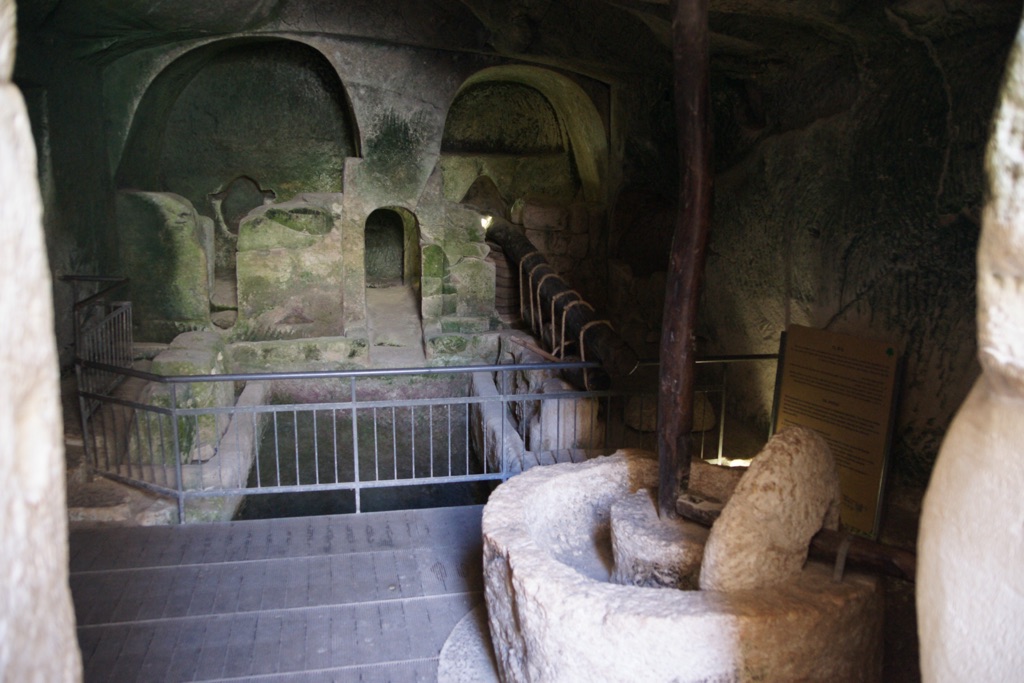
Historical Background of Caves of Maresha
Origins in Antiquity
The Caves of Maresha hark back to an era deep in history, rooted in the Hellenistic period. This site, located in the heart of Israel’s Shephelah region, is a remarkable example of human adaptation to the environment. These caves were initially dug during the 2nd century BCE. The city of Maresha, thriving above, played a crucial role in the region’s trade and commerce. Inhabitants carved out intricate cave systems beneath their homes. They did this for storage, living quarters, and industry. The diversity of uses illustrates the resourcefulness of the people during that time.
A Multicultural Nexus
As a crossroads of cultures, Maresha’s population was diverse. It included Sidonians, Greeks, and Jews. They all contributed to the city’s growth and the caves’ evolution. This blend of influences left a composite imprint on the caves’ architecture and artifacts. The site today reflects a blend of different traditions and practices. This mix goes beyond a singular historical narrative. It paints a broader picture of cross-cultural coexistence and exchange. Here, history buffs can witness the layers of human endeavor stacked through the ages.
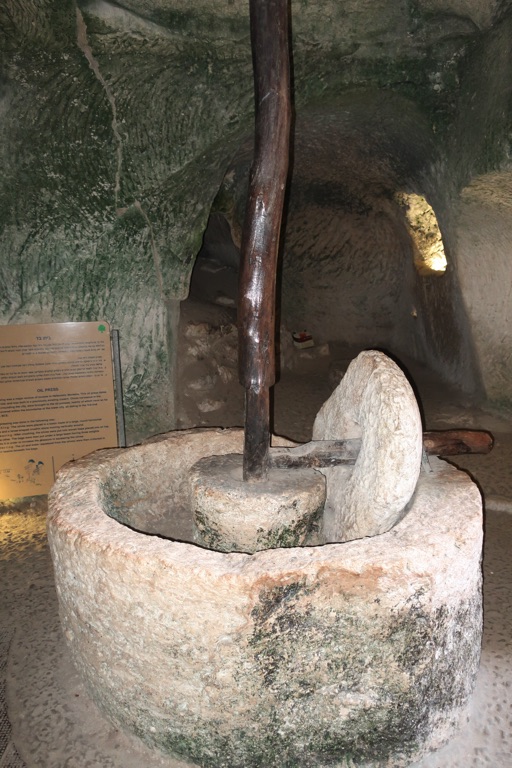
Caves as a Reflection of Daily Life
The caves preserved an array of daily activities of the ancient Mareshans. These included olive oil production, burial customs, and animal husbandry. The Columbarium caves, filled with niches for raising doves, are of particular note. Meanwhile, burial caves with kokhim (burial shafts) offer a glimpse into funerary practices. Oil presses and water cisterns tell of a society expertise in agriculture and self-sufficiency. They showcase how the inhabitants vigorously employed their natural surroundings.
As centuries unfolded, the region saw successive powers take control, from the Hellenistic to the Roman and beyond. This tumultuous history contributed to Maresha’s decline and eventual abandonment. Yet, the caves remained, largely intact. They became a silent reverent witness to the passage of time. Their preservation provides archaeologists with a rare peek into the lives of past societies. The artifacts and cave paintings are insightful remnants that continue to intrigue and educate.
Today, the Caves of Maresha are an archaeological treasure and a UNESCO World Heritage site. Visitors can explore the bewitching dark chambers and understand the site’s historical context. Organizations work to protect the integrity of the site while making it accessible for educational purposes. The legacy of the Caves of Maresha perseveres as a captivating chapter in the story of human civilization. It offers a captivating, immersive experience into the realm of our ancestors.
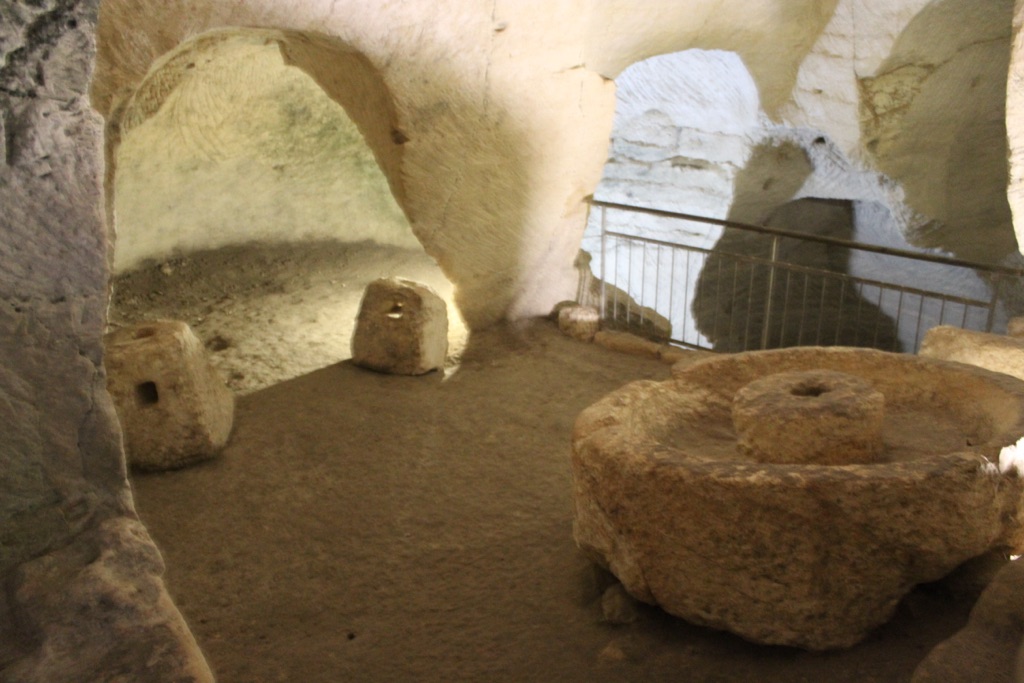
The Discovery of Caves of Maresha
Initial Recognition and Excavation
The uncovering of the Caves of Maresha traces back to accidental discovery by local residents and explorers. It wasn’t until the 19th century that the subterranean world of Maresha caught the attention of archaeologists and historians. Initially spotted by curious villagers, the cave systems soon invited scholarly intrigue. Formal excavations commenced, revealing a labyrinth of human history carved into the rock. It became clear that these caves held more than just geological interest. They were a portal to understanding an ancient way of life.
Unveiling a Buried City
As excavators dug deeper, the scale and complexity of Maresha began to unfold vividly. Archaeologists found spacious halls, storerooms, and intricate burial sites. Unexpectedly, evidence of olive oil and wine production also came to light. These discoveries drew in researchers from around the globe. They were keen to decipher the historical and cultural narrative of the caves. Every found artifact brought more knowledge of the diverse groups that once inhabited the region.
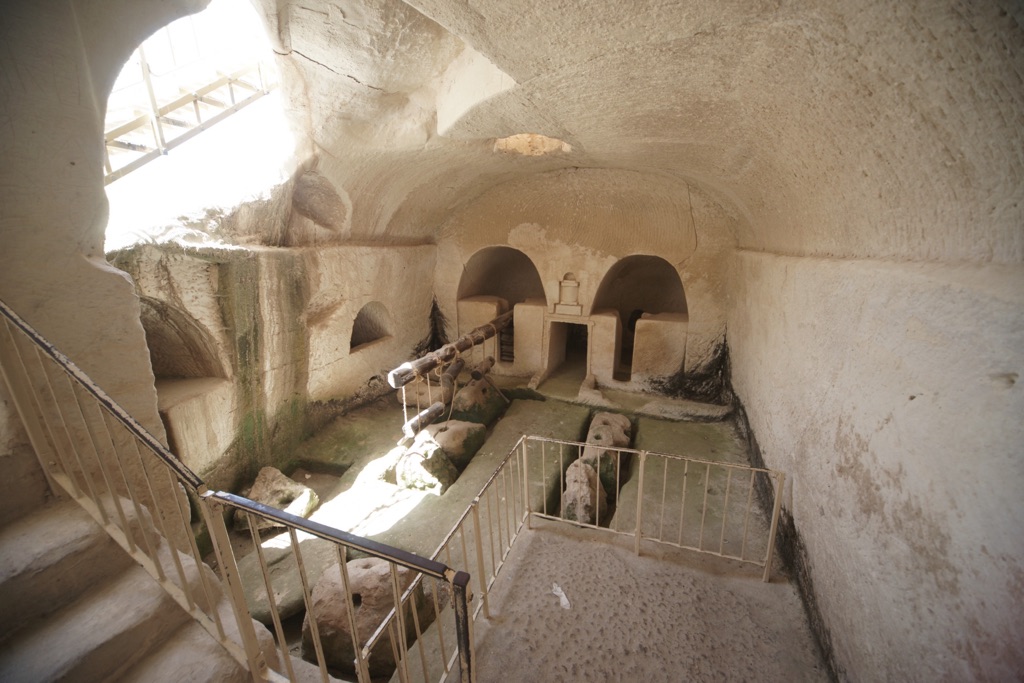
Piecing Together Historical Clues
Amongst the sand and stone, historians successfully pieced together the sociopolitical landscape that shaped Maresha. Coins, pottery, and inscriptions told tales of economic trade and cultural mingling. The relics provided concrete dates and insights into the inhabitants’ daily lives. Understanding of the site expanded with each season of excavation. Deeply entrenched in the bedrock, the Caves of Maresha continue to captivate researchers. Each new passage uncovered offers fresh stories to listen to and learn from.
The discovery of the Caves of Maresha marked a significant contribution to archaeological and historical fields. These ancient spaces give voice to the long-forgotten customs and communities of the Levant. To this day, the caves are an active site of exploration. They yield finds that provoke thought and admiration for the historical precursors.
Now a recognized World Heritage site, the Caves of Maresha stand as a testament to human endurance. They beckon historians, explorers, and travelers alike. With guided tours and educational programs, the site offers an authentic glimpse into a world beneath our feet. Here, the legacy of an ancient past lives on, eager to share its secrets with the present day.
Cultural Significance, Dating methods, Theories and Interpretations
Cultural Mosaic of the Caves
The Caves of Maresha are a cultural microcosm, significant for the insights they provide into the ancient world. They reflect a society shaped by various influences, including Greek, Phoenician, and early Jewish cultures. As an archaeological site, Maresha has brilliant frescoes, storerooms, and communal spaces that illustrate the ingenuity of its inhabitants. These elements bear the hallmarks of different traditions and their coexistence in a single community, depicting a confluence of customs and social structures.
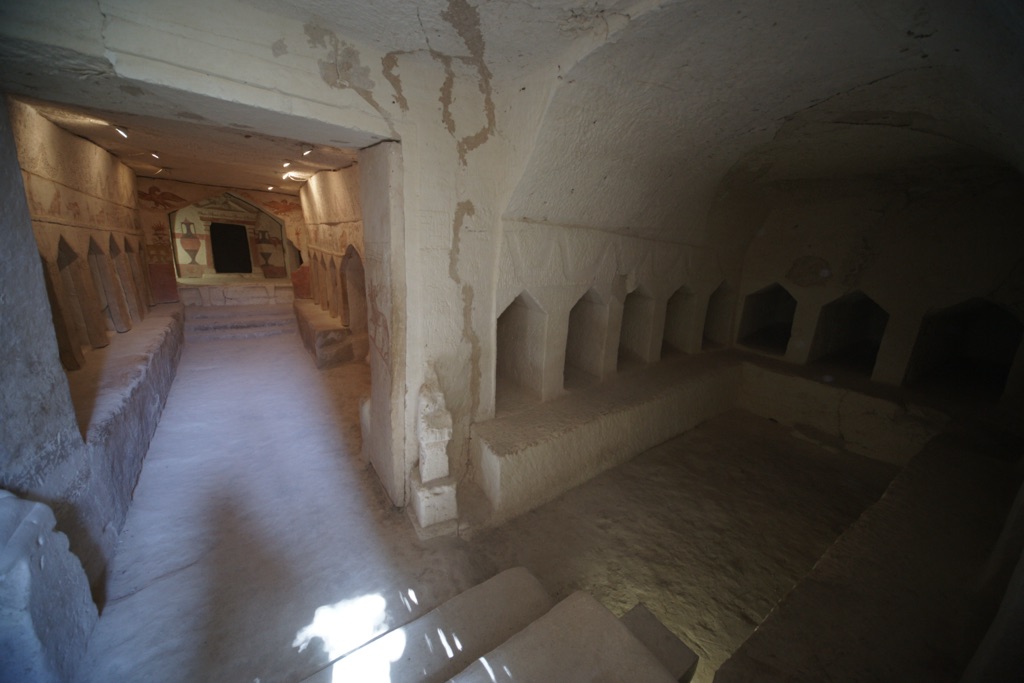
Dating the Past: Stratigraphy & Artefacts
Archaeologists have used methods like stratigraphy and carbon dating to establish timelines for the Caves of Maresha. By studying the layers of earth within the caves and examining the artefacts embedded within, they have been able to date the site’s use from the 4th to 2nd centuries BCE. Pottery styles, coins, and other artefacts have provided a chronological sequence. These items anchor the caves in the Hellenistic period, while also suggesting persisting influences from earlier times.
Theories of Utilization and Development
Various theories have emerged about how and why the Caves of Maresha were developed. Some propose that they were created for economic reasons, such as to store trade goods or to function as workshops. Others suggest their use in religious rituals or as safe havens during times of conflict. While evidence supports the practical use of the caves for industry and storage, their exact roles remain partly speculative, opening doors for further research.
Interpretations of the caves’ decorations, inscriptions, and layout have led to theories about the beliefs and daily activities of their users. The presence of cultic symbols alongside common household items suggests a blend of the sacred and profane. This duality offers a complex view of life during the Hellenistic period, where mundane activities coexisted seamlessly with ritual practices.
As researchers continue to delve into the historical depths of the Caves of Maresha, interpretations evolve. New finds constantly refine our understanding of this site. Still, the stories encapsulated within these ancient walls remain part testimony, part mystery, to the lives of those before us. It is this unsettled narrative that fuels the ongoing fascination with the Caves of Maresha, drawing explorers and scholars to its darkened corridors in search of clarity and connections to our shared past.
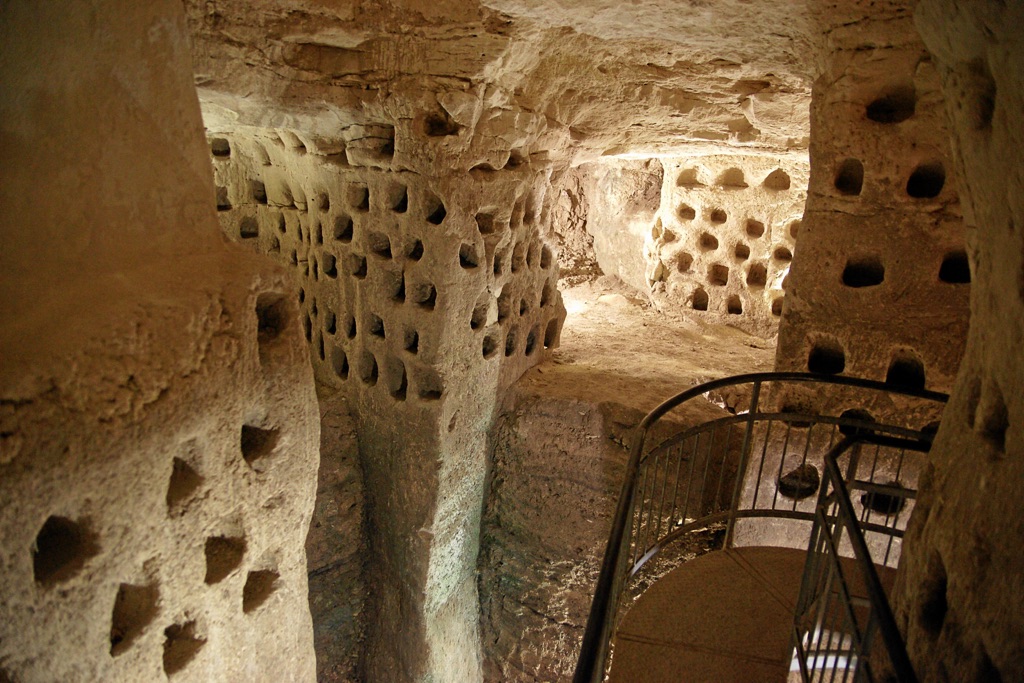
Conclusion and Sources
The Caves of Maresha embody a rich tapestry of historical, cultural, and archaeological significance. As a window into the past, they provide invaluable insights into the lives and practices of the diverse societies that once thrived in the region. The ongoing excavation and research efforts continue to enhance our understanding of ancient cultures and the ways they have shaped the world today. This enchanting subterranean world not only captures the imagination of scholars and visitors alike but also preserves a legacy that’s integral to our global heritage.
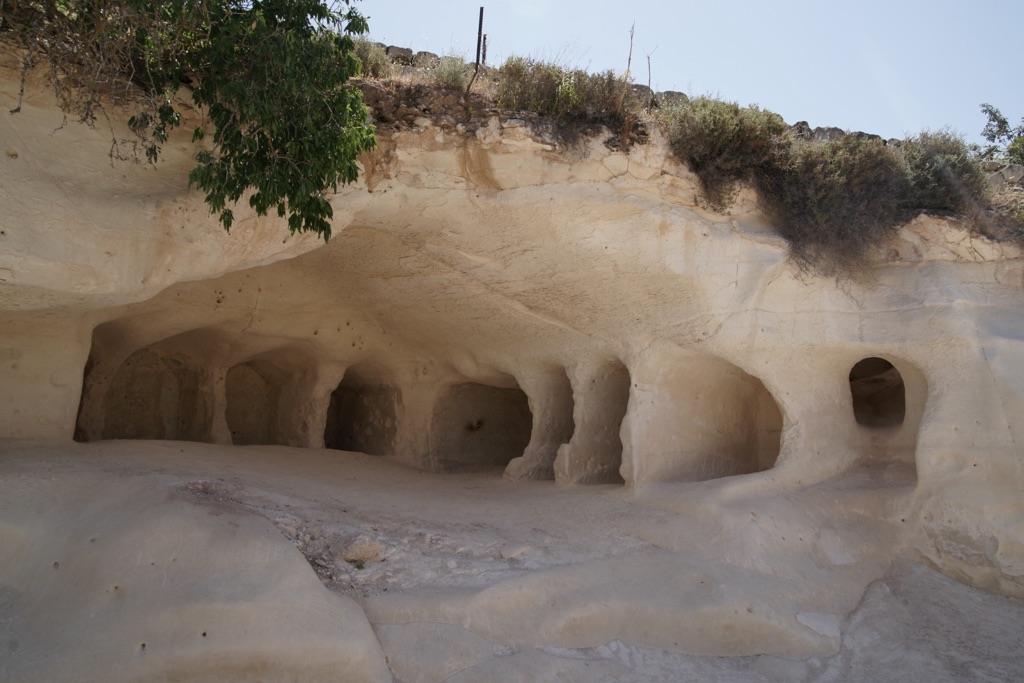
For further reading and to validate the information presented in this article, the following sources are recommended:
Or you can check any of these reputable archaeological and historical texts:
Avigad, N. (1961). ‘The Caves of Maresha.’ Israel Exploration Journal, 11(4), 229-244.
Mazar, A. (1990). Archaeology of the Land of the Bible, 10,000-586 B.C.E. Anchor Bible Series. Doubleday, New York.
Meshel, Z. (1977). ‘The “Sidonian” Caves at Maresha.’ Bulletin of the American Schools of Oriental Research, 226, 31-48.
Schwartz, J. H. (1995). ‘The Caves of Maresha and Bet-Guvrin: A UNESCO World Heritage Site in Israel.’ American Journal of Archaeology, 99(3), 501-518.
Tal, O., & Taxel, I. (2008). ‘Rewarding the Dead: The Late Hellenistic-Early Roman Period Ossuaries of Maresha.’ Journal of Roman Archaeology, 21, 651-665.

